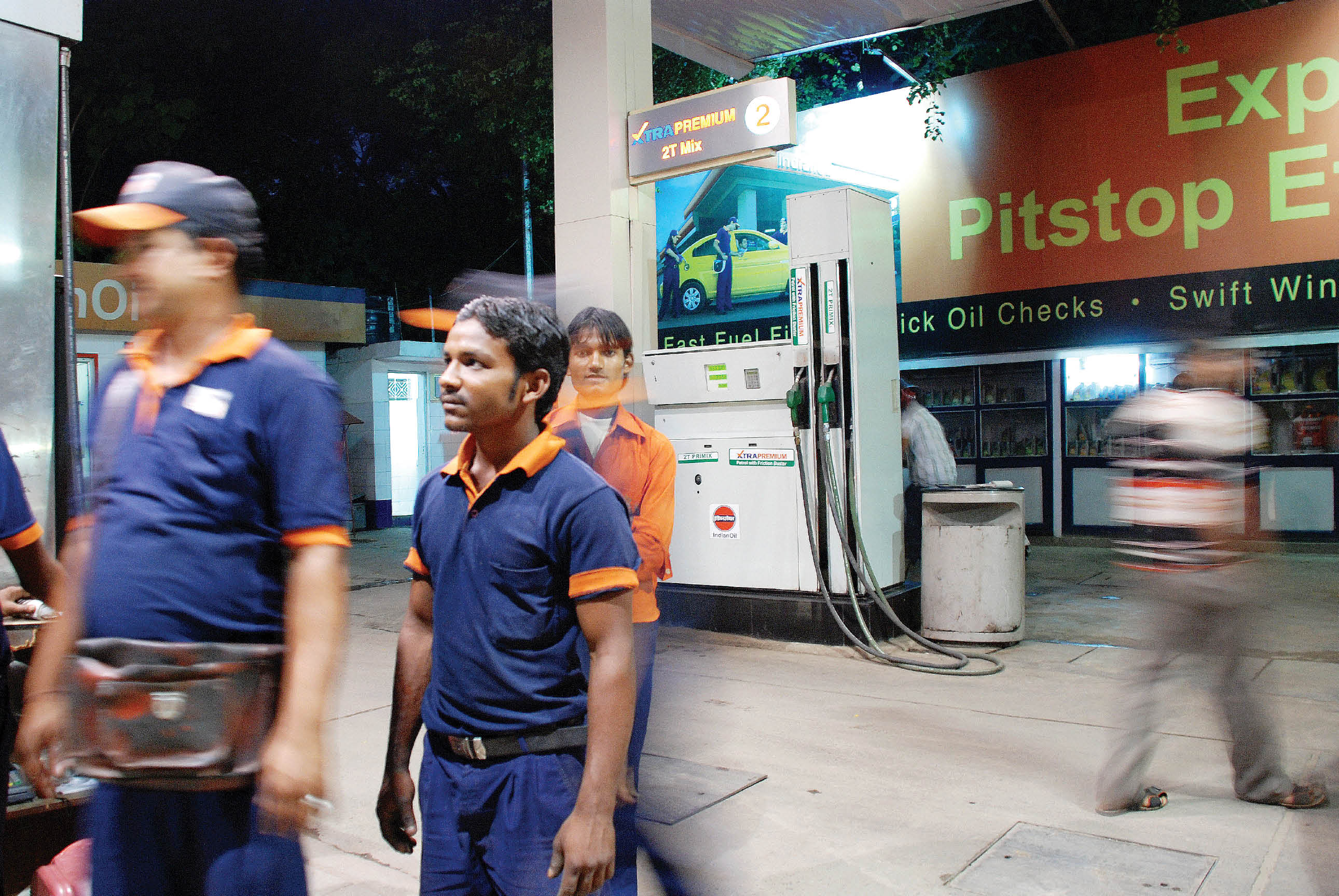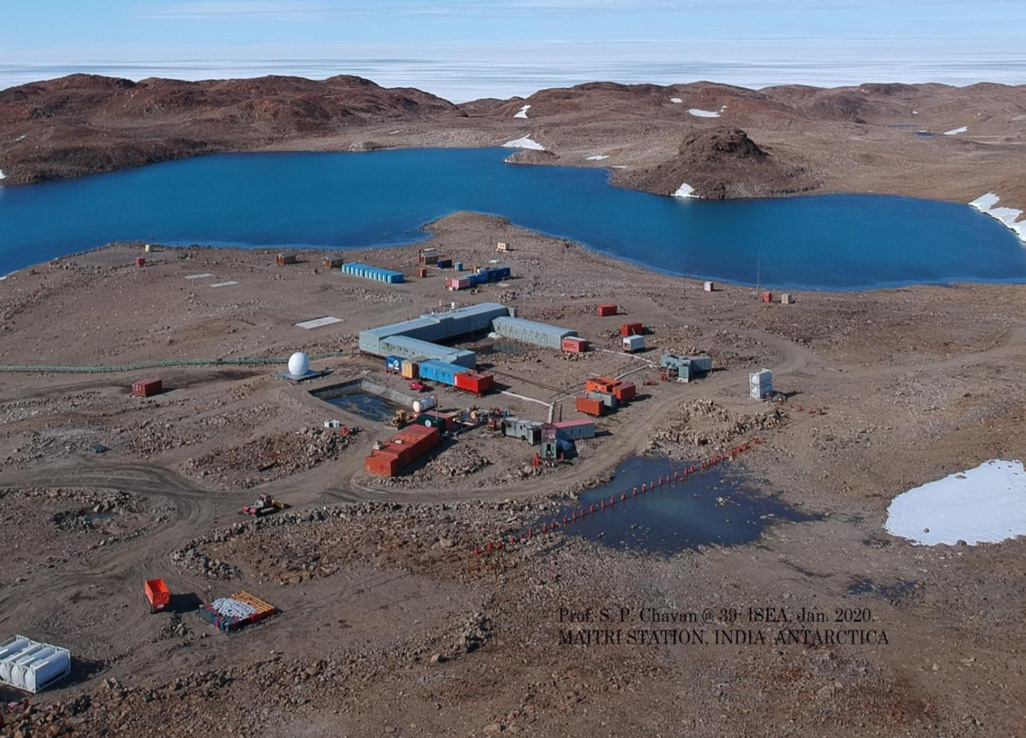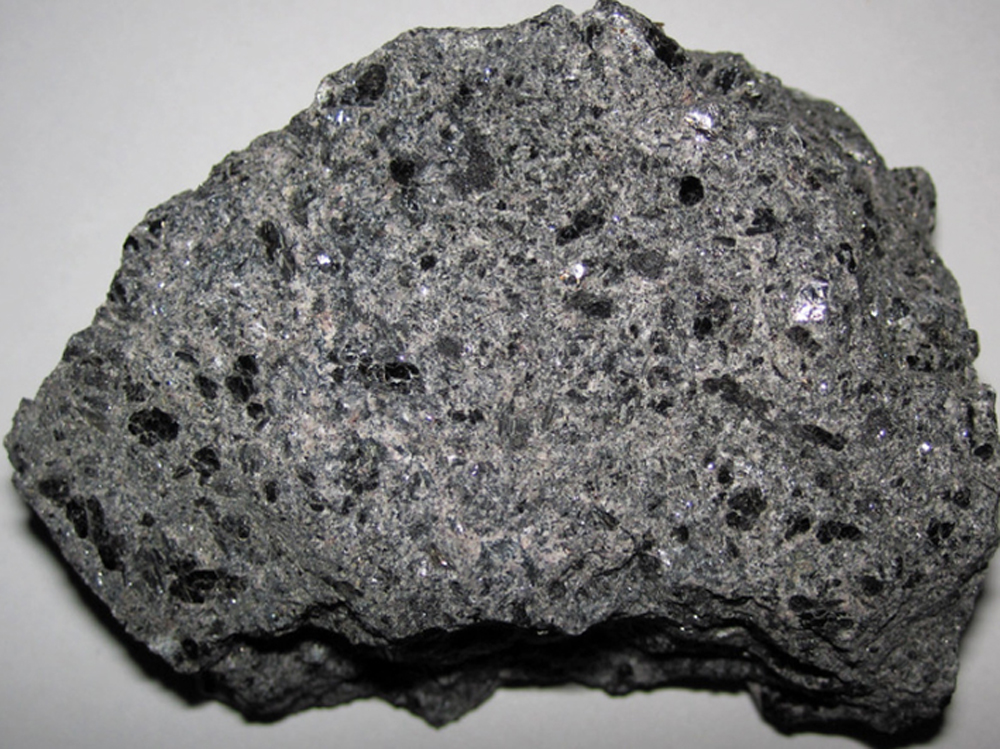Hydrocarbons in India



India is set to embark on a new chapter in its Polar exploration journey with the construction of Maitri II. The Indian government plans to establish a new research station near the existing Maitri ba...
.png )
The Deep Ocean Mission (DOM), approved by the Government of India in 2021 under the Ministry of Earth Sciences (MoES), represents a strategic step in realizing Sustainable Development Goal 14 (SDG 14:...

China recently announced restrictions on the export of seven rare earth elements (REEs), soon after US President Donald Trump decided to impose tariffs. As the world's dominant supplier—responsible fo...
India’s existing domestic production of about 0.7 million barrels of oil per day (BOPD) is much less than its current consumption of 2.8 million BOPD, creating a wide gap necessitating imports.
Coral reefs, massive limestone structures built up through cementing and depositional processes of calcifying algae, are suffering significant risks leading to their degradation and extinction.
Natural gas is the fastest growing primary energy source amongst fossil fuels and is projected to grow around 3 to 4 times in the next 20 years.
In the last few years, the Indian refinery sector has witnessed continuous capacity addition. India has a total capacity of about 149 MMTPA at present.
India’s existing domestic production of about 0.7 million barrels of oil per day (BOPD) is much less than its current consumption of 2.8 million BOPD, creating a wide gap necessitating imports.

Coral reefs, massive limestone structures built up through cementing and depositional processes of calcifying algae, are suffering significant risks leading to their degradation and extinction.

Natural gas is the fastest growing primary energy source amongst fossil fuels and is projected to grow around 3 to 4 times in the next 20 years.
